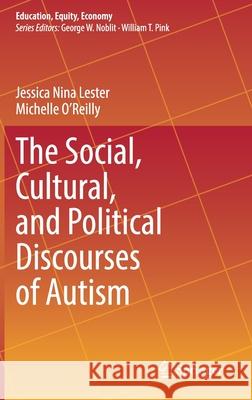The Social, Cultural, and Political Discourses of Autism » książka
topmenu
The Social, Cultural, and Political Discourses of Autism
ISBN-13: 9789402421330 / Angielski / Twarda / 2021 / 216 str.
The Social, Cultural, and Political Discourses of Autism
ISBN-13: 9789402421330 / Angielski / Twarda / 2021 / 216 str.
cena 442,79
(netto: 421,70 VAT: 5%)
Najniższa cena z 30 dni: 424,07
(netto: 421,70 VAT: 5%)
Najniższa cena z 30 dni: 424,07
Termin realizacji zamówienia:
ok. 22 dni roboczych
Dostawa w 2026 r.
ok. 22 dni roboczych
Dostawa w 2026 r.
Darmowa dostawa!
Kategorie:
Kategorie BISAC:
Wydawca:
Springer
Seria wydawnicza:
Język:
Angielski
ISBN-13:
9789402421330
Rok wydania:
2021
Wydanie:
2021
Numer serii:
000781714
Ilość stron:
216
Waga:
0.48 kg
Wymiary:
23.39 x 15.6 x 1.42
Oprawa:
Twarda
Wolumenów:
01
Dodatkowe informacje:
Wydanie ilustrowane











